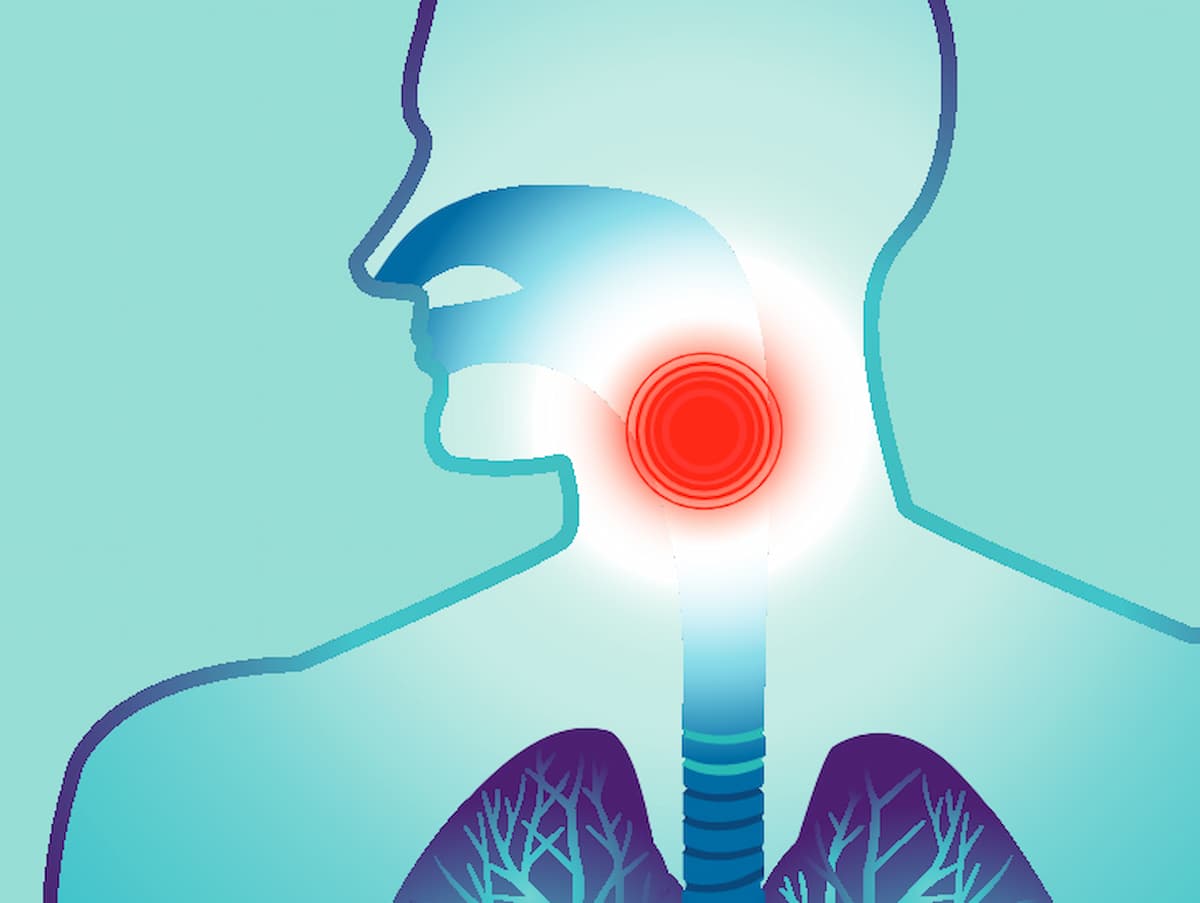Proton Beam Therapy and IMRT Confer Similar AEs and QOL in Oropharyngeal Cancer
Regarding feeding tube use and weight loss, patients with oropharyngeal cancer treated with proton beam therapy or IMRT saw similar results.
Regarding feeding tube use and weight loss, patients with oropharyngeal cancer treated with proton beam therapy or IMRT saw similar results.

For patients with oropharyngeal squamous cell carcinoma, there was no difference observed in late adverse effects (AEs) or quality of life (QOL) between proton beam therapy and intensity-modulated radiotherapy (IMRT), according to results from the phase 3 TORPEdO trial (NCT01893307) presented at the 2025 American Society for Radiation Oncology Annual Meeting.
After 12 months of treatment, 1.7% of patients receiving proton therapy had feeding tube use vs 1.7% in the IMRT group, 18.2% had grade 3 weight loss vs 5.7%, and 17.6% had feeding tube use or grade 3 weight loss vs 6.8% (OR, 2.8; 97.5% CI, 0.8-10.4; P = .08), respectively.
Of note, there was no improvement in health-related QOL in patients receiving proton beam therapy. After 12 months of treatment, the adjusted mean UW-QOL physical composite score was 78.3 (97.5% CI, 75.4-81.3) vs 77.1 (97.5% CI, 73.1-81.0) in patients receiving IMRT. The difference between proton beam therapy and IMRT was 1.3 (97.5% CI, –3.7 to 6.2; P = .56). The MD Anderson Dysphagia Inventory swallowing mean score was 79.5 for proton beam therapy and 79.7 for IMRT.
At 24 months, 94.3% (99% CI, 85.7%-97.8%) of patients in the proton beam therapy arm were free from local recurrence vs 96.8% (99% CI, 81.6%-99.5%) in the IMRT arm. The percentage of patients alive at 24 months in each arm was 94.6% (99% CI, 86.4%-97.9%) and 95.3% (99% CI, 80.9%-98.9%), respectively.
“[There was] no difference in late AEs or QOL between proton beam therapy and IMRT. Contemporary IMRT performed better than anticipated and is a very good treatment,” stated presenting author David Thomson, MD, BMBCh, MA, PGCME, MRCP, FRCR, consultant clinical oncologist from The Christie National Health Service Foundation Trust.
A total of 205 patients with oropharyngeal squamous cell carcinoma requiring concurrent chemoradiotherapy, including bilateral neck treatment, were randomly assigned, in a 2:1 ratio, to receive either intensity-modulated proton therapy or IMRT. Those who received proton therapy were given 70 Gy/56 Gy in 33 fractions over 6.5 weeks. Those who were given IMRT received cisplatin at 100 mg/m2 on days 1 and 22.
Patients were stratified by T1/2 vs T3/4 disease, N stage, p16 status, and smoking status. The primary end point was assessing proton therapy vs IMRT and whether there was a reduction in AEs for this patient population.
Thomson highlighted that this study took place because although there are high cure rates for oropharyngeal squamous cell carcinoma, there are severe long-term AEs. Additionally, the use of proton beam therapy gives less radiation to the tumor, which potentially saves healthy tissue and lowers the risk of severe AEs. The administration of proton beam therapy requires less specialized training but is also more expensive.
Disclaimers: David Thompson reported employment at The Christie National Health Service Foundation Trust, consulting roles at Merck & Co, and investment by line of credit at The Christie Private Care.
Reference
Thomson D, Price J, Tyler M, et al. Primary results for the phase III trial of toxicity reduction using proton beam therapy for oropharyngeal cancer (TORPEdO; CRUK/18/010). Abstract presented at: 2025 American Society for Radiation Oncology Annual Meeting; September 27-October 1, 2025; San Francisco, CA. Abstract LBA02.